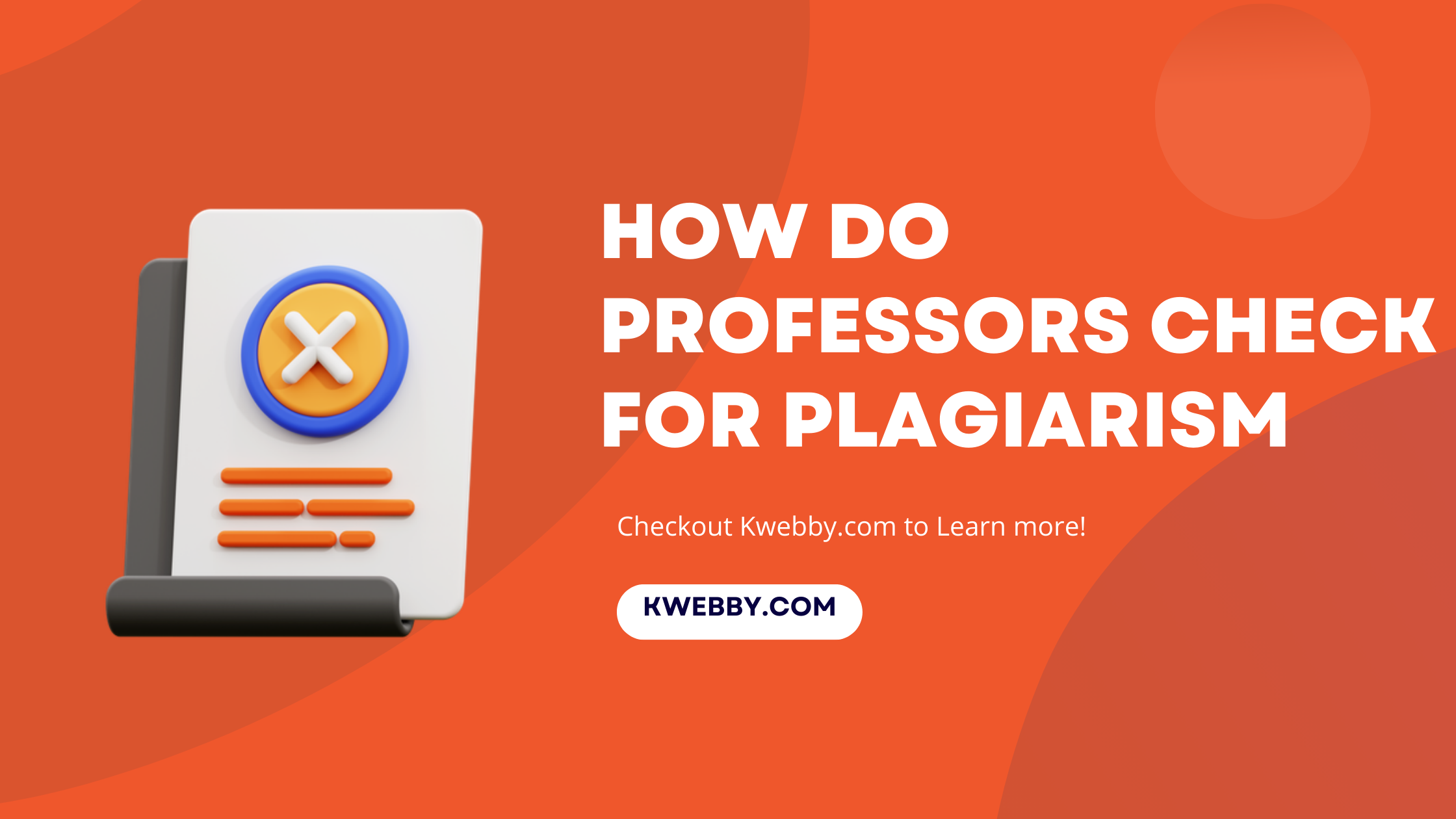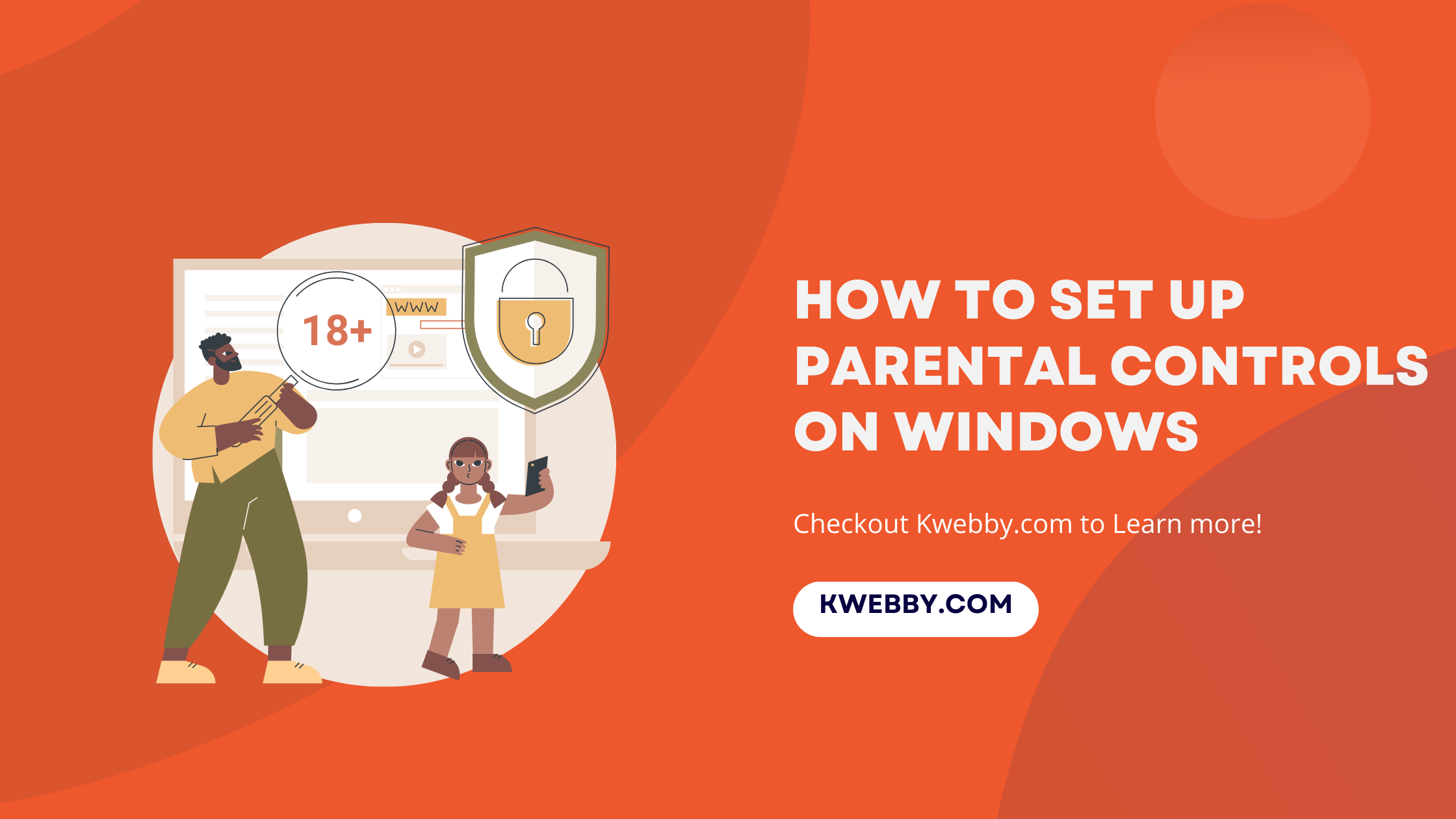
How Do Professors Check for Plagiarism? (5 Ways)
Choose Your Language:
In pursuing academic integrity, how often do we pause to consider the vigilance educators require to uphold these standards?
Professors are tasked with the critical responsibility of detecting and preventing plagiarism and ensuring the originality of student work. But what tools and techniques do they employ in this essential endeavour?
With a wealth of information at our fingertips, it’s become simultaneously easier for students to find information and temptingly easier to misuse it.
Enter the era of advanced plagiarism checkers and the sharpened expertise of educators. Instances of copied passages, uncited sources, and improperly paraphrased material stand little chance of slipping through digital and intellectual scrutiny.
We delve into the sophisticated strategies universities and professors employ to maintain the sanctity of original work. The importance of this cannot be understated, as the foundation of academic achievement rests upon the bedrock of authenticity and hard work.
Let us explore further how this critical process unfolds in the halls of learning.
How to Check Code for Plagiarism (4 Methods)
1 Plagiarism in Academics
Plagiarism in the education system has wide-ranging consequences that go beyond mere copying and pasting. Educational institutions began to recognize the importance of addressing this issue as students plagiarize their work. The credibility and integrity of academic life depend on their ability to encourage originality and reward authentic scholarship.
Teachers play a crucial role in detecting and preventing plagiarism and checking students’ work to ensure a healthy academic environment. Students need to understand that avoiding plagiarism and upholding integrity are key values in their educational journey.
2 Methods professors use to detect plagiarism.
There are several methods that professors use to check for plagiarism in students’ work, including:
2.1 Plagiarism Detection Tools
Have you ever wondered how quickly a student’s paper riddled with copied texts can be caught? Most professors in higher education utilize sophisticated plagiarism checkers compare students’ academic writing that scans a paper with others already submitted and generates an originality report for plagiarized content.
These reports highlight any plagiarism, making it nearly impossible for students to pass off someone else’s work as their own.
Now questions coming to your mind that does Plagiarism checkers Work for professors?
Yes it does and to make plagiarism checkers work all you need is to compare the data using online plagiarism checker tools to detect instances from student submits and Check out our Free Plagiarism Checker tool here which is one of the free plagiarism checking software and you will be able to check the content duplication in just on click;

Some popular plagiarism detection software used by professors include Turnitin, Grammarly, and Copyscape. These tools not only check for exact matches but also use advanced algorithms to identify paraphrased material and uncited sources.
You can find the list of 10+ Popular plagiarism checkers here to avoid plagiarism.
2.2 Educational Institutions’ Software

Educational institutions have been successfully combating academic dishonesty for quite some time now. With the advent of learning management systems, colleges have integrated powerful plagiarism checkers to sniff out unoriginal content in academic submissions like a sore thumb, even for unintentional plagiarism.
Turnitin Review – Is it Worth Your Bucks?
2.3 Teachers’ Scrutiny
With a trained eye and experience in the academic subject, professors can often spot plagiarism simply by noticing a change in writing style or when a piece contains advanced knowledge far beyond the expected scope of a student’s educational stage.
2.4 In-Class Knowledge Checks
Teachers check for understanding through class discussions and oral examinations, quickly identifying if a student-led astray by the temptation to plagiarize can genuinely articulate new scientific discoveries or ideas they claim to have written about.
2.5 Peer Review and Comparison
Teachers often compare assignments to find plagiarism, observing for repeated phrases or ideas, as students submitting papers on the same topic are expected to approach it from unique angles, not mimic familiar wording or thoughts.
2.6 Citation and reference checks
Professors also pay close attention to the citations and references provided in a student’s work. Any missing or incorrect citations can raise red flags and lead to further investigation into potential plagiarism.
By implementing these strategies, educators ensure that students are committing to the cornerstone of academic integrity—original thought and diligent research. As technology and educational practices evolve, so too do the methods to maintain honesty and excellence in academia.
3 How Students Can Ensure Their Work Is Plagiarism-Free?
As students navigate the complexities of higher education, the task of ensuring that their work is not tainted by plagiarism is paramount.
Firstly, employing a plagiarism checker within learning management systems is not just a tool for teachers—it’s a resource for students to preemptively detect plagiarism in their work. Meticulous use of citations is critical; students must thoroughly cite all sources, distinguishing their unique ideas from established literature.
Furthermore, can students trust themselves to manually identify all instances where they may have inadvertently echoed another author’s words? Here, online tools and similarity checkers become invaluable assets.
By submitting their draft to a plagiarism detector, students can uncover unintentional similarities to other sources, ensuring that what may appear as plagiarism work by students is, in fact, not plagiarism.
By being proactive and taking advantage of these tools, students not only evade the distressing consequence of being caught plagiarizing but also embody the integrity expected in their educational pursuits.
When professors check for plagiarism, they are not simply searching for copied phrases; they are evaluating the student’s attempt to engage critically and creatively with their subject.
Every educational institution bears the responsibility to clarify what constitutes plagiarism and how students can avoid committing plagiarism. In the same class, even if students discuss similar topics, the expectation is clear: each submission should be a reflection of individual analysis and understanding, free from the stinging blunder of plagiarized work.
4 Conclusion
In wrapping up our discussion on academic integrity, we recognize the multifaceted approach professors take to uphold originality. Whether a student has plagiarized by turning in someone else’s work as their own or failing to properly cite sources, the vigilant eyes of academia are equipped with robust mechanisms to safeguard the sanctity of original ideas. Professors leverage similarity checkers and search engines to scrutinize each suspected piece, ensuring that the words before them are indeed the genuine voice of the student.
5 Frequently Asked Questions
5.1 Do plagiarism checkers also scan the internet or just academic papers?
Plagiarism checkers are designed to scan not only academic papers but also billions of web pages on the internet. This comprehensive search ensures that all potential sources of plagiarized material are examined.
5.2 Can a teacher’s expertise substitute for plagiarism detectors?
While plagiarism detection tools provide comprehensive automated scanning, a teacher’s expertise is critical in evaluating the context and recognizing when a student’s writing does not reflect their known capabilities or when there’s a shift in writing style suggesting possible plagiarism.
5.3 Can students use a plagiarism checker to ensure their work is original before submission?
Absolutely. Proactive students often utilize a plagiarism checker to scan their papers before submission. This step not only helps to avoid any unintentional missteps but also reinforces their commitment to academic integrity. With such tools at their disposal, students can easily differentiate their unique thoughts from the sea of existing literature and steer clear of the murky waters of plagiarism.




